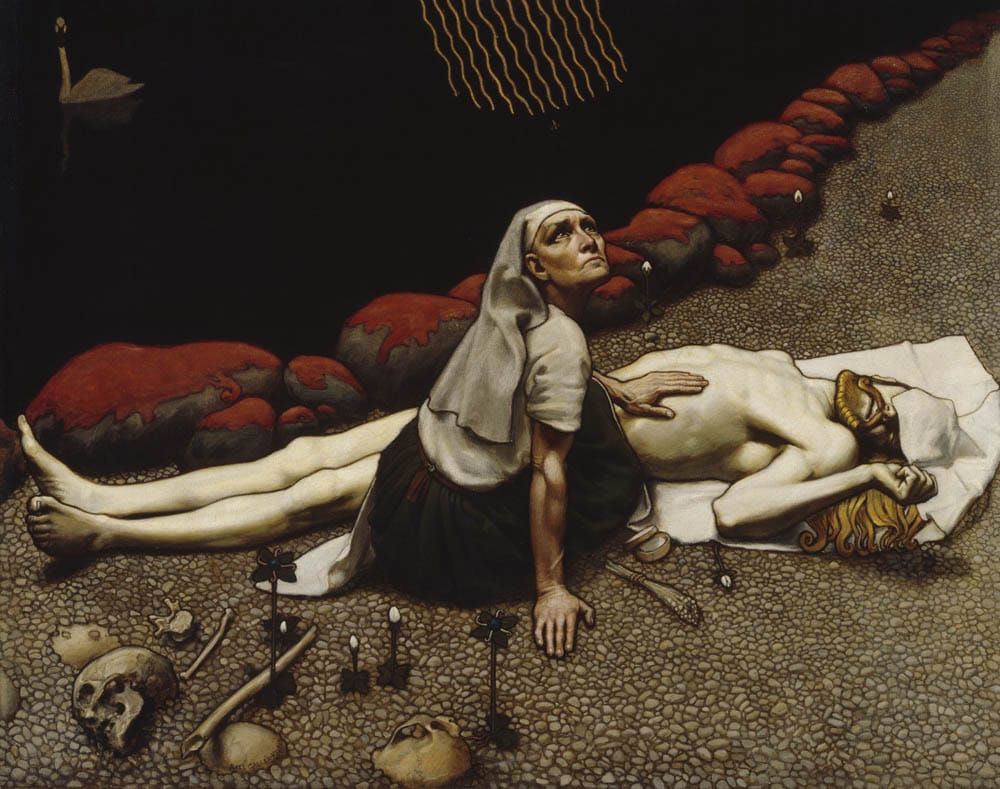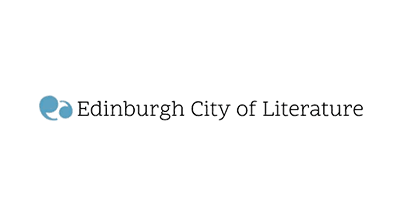Kainuu region is located in Northern Finland, on the Finnish-Russian border. We have about 73 000 people living in the area that is comparable to Belgium in size, meaning that there are only 3, 6 inhabitants per square kilometre. We have lots of wilderness around us and we enjoy the great outdoors in many forms. You’ll find that certain kind of connection to nature and natural way of life in many pieces of the literature from our region, old and new.
Our literary roots grow as deep as the development of Finnish language itself. Although the majority of books with connections to Kainuu are written in Finnish, you may find some fascinating ones also in English, listed below. Some are available in online bookstores also in new copies, some may be found only in local stores or in online second hand bookshops. Try your luck!
National Epic and Other Poetry
Our first suggestion would, of course, be the Kalevala. The national epic of Finland was compiled from Karelian and Finnish oral folklore and mythology by Elias Lönnrot (1802-1884), working as the district doctor of Kajaani in Kainuu at that time. His impact on the development of modern vocabulary in Finnish was very important. Since its first publications in 1835 and 1849, the Kalevala became the most translated book in Finland – over 60 languages and still excites translators and art people to immerse in it. Also some surprising versions of the Kalevala are available, like the Canine Kalevala (Koirien Kalevala) – a popular children’s book by Mauri Kunnas, Finland’s most successful author of children’s books.
But, did you know that Kalevala has connections to J.R.R. Tolkien! The Story of Kullervo (originally published in English in 2015), publication of a previously unknown work of fantasy by Tolkien, tells the powerful story of a doomed young man who is sold into slavery and who swears revenge on the magician who killed his father. In other words, the Story of Kullervo is a prose version of the Kullervo cycle in the Kalevala. The Lord of the Rings itself was inspired by the Kalevala, and Tolkien studied Finnish in order to read the Kalevala in the original language! You may learn more about this on a National Geographic documentary.
Eino Leino (1878–1926) was born in Paltamo, Kainuu. He is considered one of the pioneers of Finnish poetry and the national poet of Finland. The style of much of his work is like the Kalevala and folk songs. Nature, love, and despair are frequent themes in Leino’s work.
Whitsongs (English translation published in 1978) is a collection of Leino’s narrative poems, cosmic visions and legends set in the world of mythical poetry characters, which Leino gave a new life to. Moment musical (English translation published in 1978), on the other hand, is a collection of songs composed to Eino Leino’s poetry. Seventy Seven Sentiments (published in 2015), a Selection of Eino Leino`s poems translated.
Older Fiction
If you want to experience a different kind of Leino, there’s Musti (English translation published in 1986) – a story of an ordinary dog that fate carries from a modest residence to the prestigious position of a court watchdog and from there to a life of a despicable stray dog. The story contains a lot of sharp comments from Musti about the strange world of people.
Ilmari Kianto (1874- 1970) wrote a total of sixty-seven books, in which he describes people and living at his home region of many years, Suomussalmi municipality in Kainuu region. His most famous book, The Red Line, has been translated into English in 2013. The book deals with a very important time in Finnish history, as in 1906, Finland became the first nation in Europe to give women the vote, even though Finland was not even an independent country at the time. The Red Line describes how such events affect ordinary people living a harsh life in the wilderness, in the far reaches of a remote province in a huge empire on the fringe of Europe, for all that they are promised a new world order?







